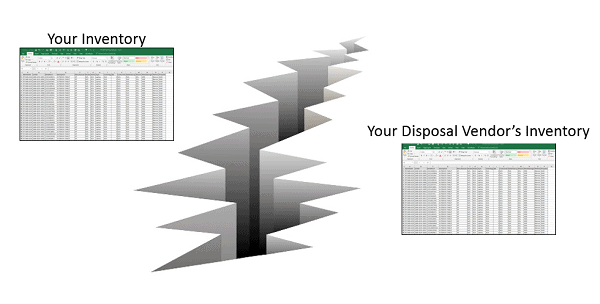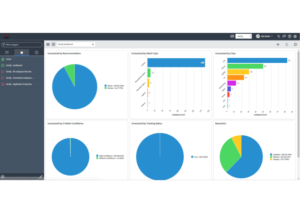There comes a time in the lifecycle of every IT asset when it must retire from service. Companies constantly replace outdated computers and countless electronic devices to keep up with technology and enhance worker productivity.
IT asset disposition (ITAD) is the disposal of unwanted equipment safely and responsibly. IT asset management (ITAM) is accountable for the lifecycle management of assets across an organization, including the process of ITAD.
In a perfect world, ITAM should be able to track 100% of assets from acquisition to disposition. However, we don’t live in a perfect world, and expecting 100% tracking of assets is unrealistic. The inventory discrepancies discovered during the disposal phase represent the ITAD Reporting Gap.
From an ITAD perspective, a critical distinction exists between an asset’s retirement and disposal. This distinction makes sense because there may be a significant time between the retirement (the asset is no longer being used) and the physical disposal (the asset is shipped to a disposal vendor). Of course, there is also a transfer of ownership.
An unbroken chain-of-custody is necessary to protect your organization from risks associated with ITAD. The ITAD Reporting Gap represents missing links in the chain-of-custody and, therefore, increased exposure. The larger the gap, the greater the risk.
ITAM’s responsibilities include the development of policies, processes, and systems to manage the IT asset portfolio with respect to risk, cost, and compliance. Managing the ITAD Reporting Gap is an essential part of this responsibility.
To shrink the ITAD Reporting Gap, organizations must adopt an effective policy and implement a proven process. ITAM must be given the required tools, resources, and support.
To learn how to manage the ITAD Reporting Gap and mitigate the risk, please visit www.retire-it.com/close-the-gap/




Comments are closed.